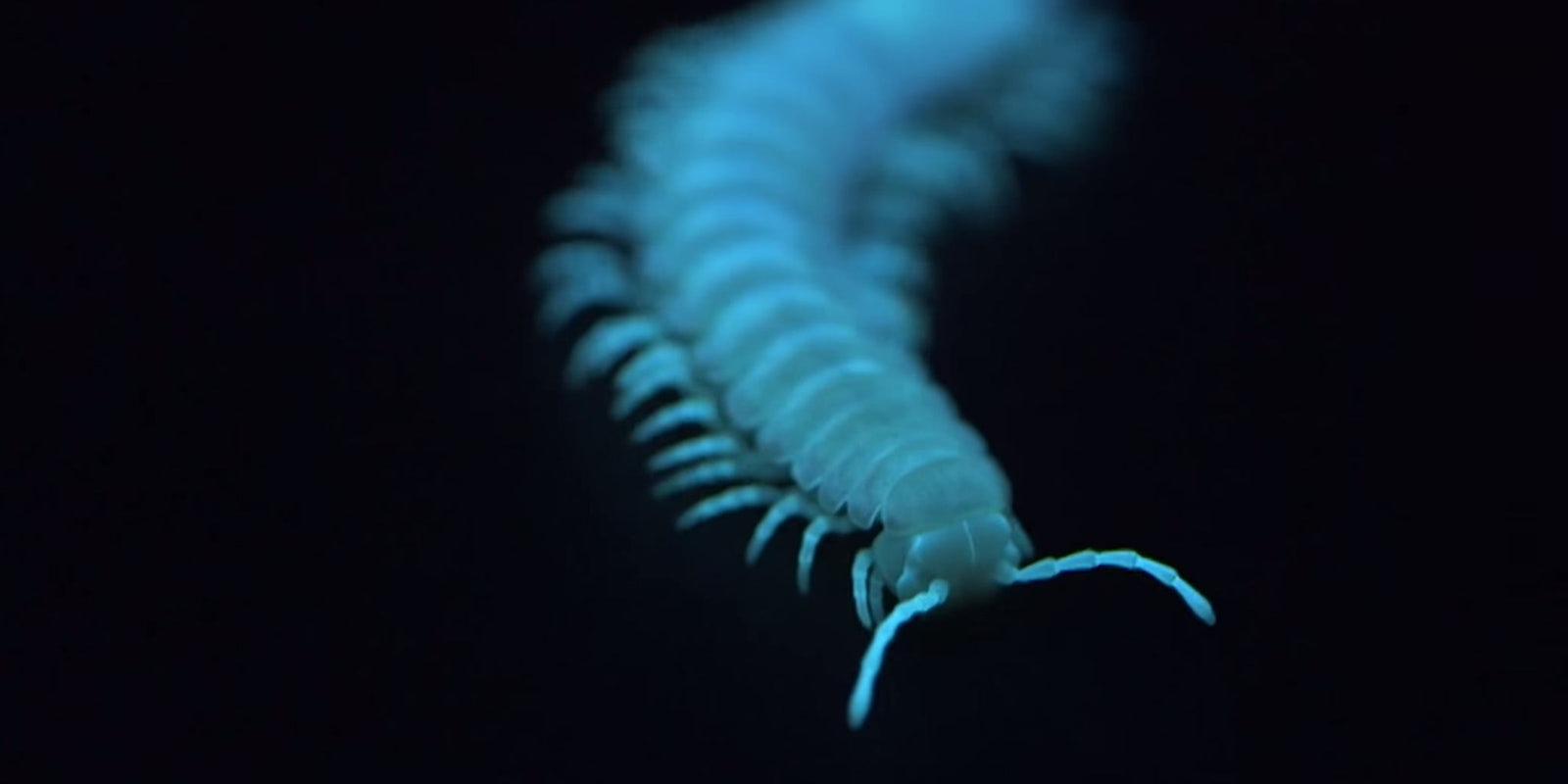BY JAMES GORMAN
The eerie glow of millipedes in the dark is the kind of natural phenomenon that captivates Paul Marek, an entomologist at Virginia Tech.
“I’m really keen on these weird, complex evolutionary features,” he said.
Many millipedes make cyanide, a nasty surprise for any predator. But nine species in one genus, Motyxia, also glow in the dark. Dr. Marek and Wendy Moore, an entomologist at the University of Arizona, along with several colleagues, reported in 2011 that millipede bioluminescence functioned to warn away predators.
For that experiment, they tested predator response to live millipedes, some of which were painted to block the glow, and clay models, some luminescent and some not.
Read the full story in the New York Times.
Screengrab via NewYorkTimes/YouTube


